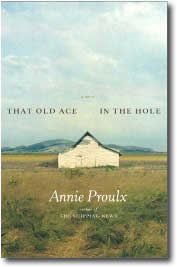Continuing my journey around the London version of the Monopoly board with Regent Street, the first property in the Green Set.
| The beautiful curve of Regent Street seen as you enter from Piccadilly Circus, London |
Every one of the buildings in Regent Street is at least Grade II listed. This means that for Historical or Architectural interest no building can be altered or demolished without permission - which is usually not obtainable. Sometimes only the façade is protected and internal alterations can be made.
The street is one of the first examples of Town Planning as it cuts a swathe through the otherwise straight streets of the West One (W1) postcode. After the Great Fire of London, in 1666, there was a move to plan the reconstruction of the medieval city but it took one hundred and fifty years before this first attempt took place!
Named after the Prince Regent (later George IV) it was laid out by the great architect John Nash and completed in 1825. Now it is a high prestige shopping and business street in one of the most expensive parts of London.
| Hamley's Toy Shop, Regent Street, London |
Hamley's,who style themselves
as "the world's most famous toy shop", have been in Regent Street since 1881 but were established in High Holborn, London in 1760 and there is a large Apple Store there too.
Regent Street is halfway through a 20 year £1 billion investment scheme and is continuously being improved and upgraded.
With 2 km of shop-fronts it rivals Fifth Avenue and the Champs Elysée for high prestige shopping.
Just as in the game of Monopoly, the rents in Regent Street are incredibly high.
| The Apple Store, Regent Street, London
Wishing everyone who visits this site(about 100 unique visitors per day) a peaceful and preposterous (sic) 2014.
|




